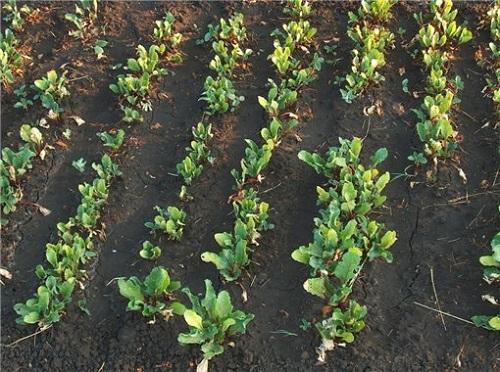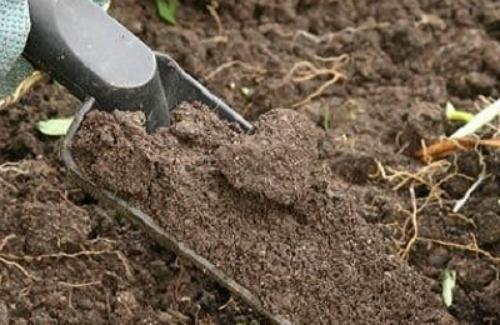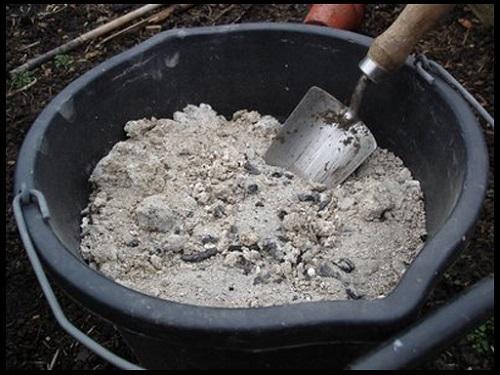How to feed beets if they grow poorly?
Not a single vegetable garden can do without even green beds with beets. After all, how to cook borscht or vinaigrette without it? To get tasty, sweet vegetables, you need to take some care of the planting of the beets, as well as help them grow and develop well. Very often, gardeners complain that the beets are "difficult" to grow and grow. In fact, this means that she lacks nutrients. So, how to feed beets if they grow poorly?

Top dressing can be divided into three stages:
- fertilization of the soil provided for the beds with beets, even before sowing;
- applying dressings for young shoots of beets;
- summer dressings to stimulate growth.
Preplant soil fertilization

Beet grows well in loose nutritious soil, so it is important to prepare the beds for spring plantings in the fall. To do this, spread manure (approximately 5 cm layer) over the area where the vegetable is planned to be grown and dug it up.

In the spring, also before sowing, the beds can be fertilized with wood ash. Such top dressing will be especially relevant for acidic soil. Acidic soils inhibit the growth of beets, and ash can reduce acidity.
Top dressing of young seedlings of beets

In order for the beets to form fruits faster and build up their green mass well, they are fed with phosphorus fertilizers. After the young shoots form 4 true leaves, superphosphate and potassium chloride are introduced into the aisles. They are poured into the previously made grooves in turn: the first groove is superphosphate, the second is potassium, etc. Sprinkle with earth on top and water. The fertilizer calculation is as follows:
- superphosphate - 5 g per 1 sq. M .;

- potassium chloride - from 5 to 10 g per 1 sq.m.

Potash feeding of young plantings will reduce the amount of nitrates in fruits, because, as you know, this vegetable has the property of accumulating them in large quantities. For this reason, you shouldn't overdo it with chemical fertilizers, especially nitrogen.
Summer beet feeding to stimulate growth

Summer feeding is carried out in the month of June. A mullein solution at the rate of 1 part mullein per 10 parts of water has a good effect on the growth of beets. You can also re-fertilize with potassium and add it to the mullein infusion (20 g per bucket).
If the beet leaves have lightened after long rains, and the petioles have become thin, then the rains washed out the nitrogen. It is necessary to replenish its reserves in the soil so that the vegetable has the strength to develop. In this case, foliar should be done urea feeding (for half a bucket of water 1 tsp of the drug).
The last fertilization of the beet beds should be 20 days before harvest.

At the end of summer, the beet beds are fertilized with superphosphate to form strong, tasty root crops. The proportions are the same as for autumn feeding.